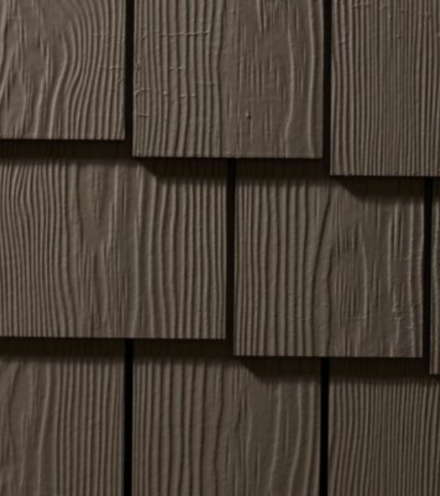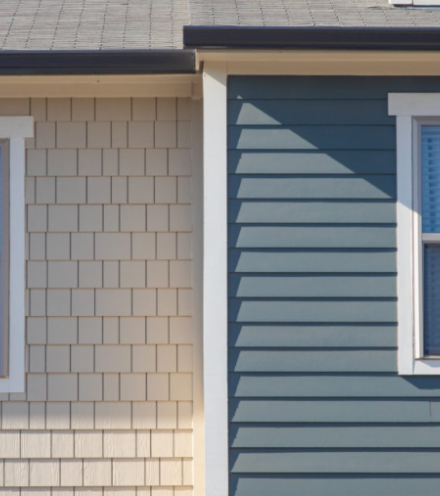Fresh tile can transform a kitchen or bath, but backerboard is a key piece of the puzzle when it comes to taking pride in a remodel done right. When you install cement backerboard instead of plywood, you’re already on the right path, but there are still some common installation mishaps to avoid.
Learn how to install cement board correctly by getting to know some of the most common mistakes people make. If you’re still considering plywood instead of cement board – don’t even think about it! Here’s why…
Why Install Cement Backerboard Under Tile?

Let’s start with the basics – the purpose of backerboard. Tile requires a smooth surface that it can be adhered to properly. Whether you’re working with glass, stone, ceramic or porcelain, tile can only achieve a smooth appearance when it has a flat, reliable backerboard to which it can be firmly set in place.
Backerboard is considered an underlayment, meaning it provides a clean and durable surface so that tile can be laid smoothly. You can think of cement backerboard as a foundation piece – it sets the stage for new tile to look its best.
Benefits of Using Cement Board Instead of Plywood

There are few factors that make cement board the better choice overall:
Moisture Management
Tile is often installed in high-humidity rooms – kitchens, bathrooms, mudrooms, etc. Plywood has a tendency to absorb moisture, which can cause it to swell and warp over time. Even the slightest change in shape can lead to loose grout and cracked tiles, which can dramatically compromise the aesthetics of the room. Cement board is much more stable than plywood when it comes to high-humidity environments, which makes it the more durable choice.
No Flex or Lippage
The strength and rigidity of cement board also gives it an edge over plywood. When installed with a coat of thinset, cement board remains flat and rigid. This contrasts greatly with flexible plywood, which can result in lippage or raised tile corners – even when screwed down.
Fast Fitting and Cleaner Cuts
Another reason you’ll want to know how to install cement board as part of your skillset is that it can save a ton of time. Plywood needs to be hauled off to a cutting table, sawn, and moved back to the install location before cleaning up sawdust. Cement board can be scored with a utility knife right in place, snapped, and it’s ready to go – no dust or cleanup required!
Higher Load Capacity
Cement board has a higher load capacity than most affordable plywood options. This makes it the better choice when outfitting fireplace surrounds, countertops, walls, and any vertical surfaces.
Common Mistakes: How to Install Cement Board the Wrong Way

Even when working with the best materials, there will always be a way to mess it up. Here’s a roundup of the most common mistakes people make when learning how to install cement backerboard:
1. Measurement Mishaps
This seems like a no-brainer, yet it remains one of the most common mistakes! Take your time and measure twice before cutting materials. Adopting good measurement practices is a great way to reduce material waste on the jobsite.
2. Not Using the Appropriate Putty
Thinset should go on top of the cement boards to help adhere the tiles properly. Don’t veer from the product instructions when it comes to choosing your adhesive! Using a putty that isn’t fit for the task can completely compromise the ability of the tile to stay set in place.
3. Not Using the Appropriate Fasteners
Likewise, you shouldn’t swap out the recommended cement board fasteners with other screws you happen to have on hand, like ring shank nails or drywall screws. While improv is common for builders, these particular fasteners don’t have the same holding power!
Cement backerboard is a heavy-duty material, and in order for it to perform to its full potential, it needs to be secured properly using the appropriate fasteners. If galvanized roofing nails or cement board screws are recommended for securing your cement board, then that’s what you need to use.
4. Forgetting to Stagger Seams
For first-timers, this is a very common mistake. You want to avoid having four cement board corners coming together at a single intersection, as this can reduce the strength of the backerboard. Also, avoid having the cement board seams line up directly with subfloor seams. Always stagger your cement backerboard.
Find the Best Cement Backer Board with Allura
Learning how to install cement backer board correctly can help you get the best performance out of your product, but the quality of the backerboard can make a difference, too.
Preferred by the pros, Allura backerboard is lightweight, easy to use, and exceptionally strong. Contact Allura today to explore high-quality backerboard products for your next tiling job!




